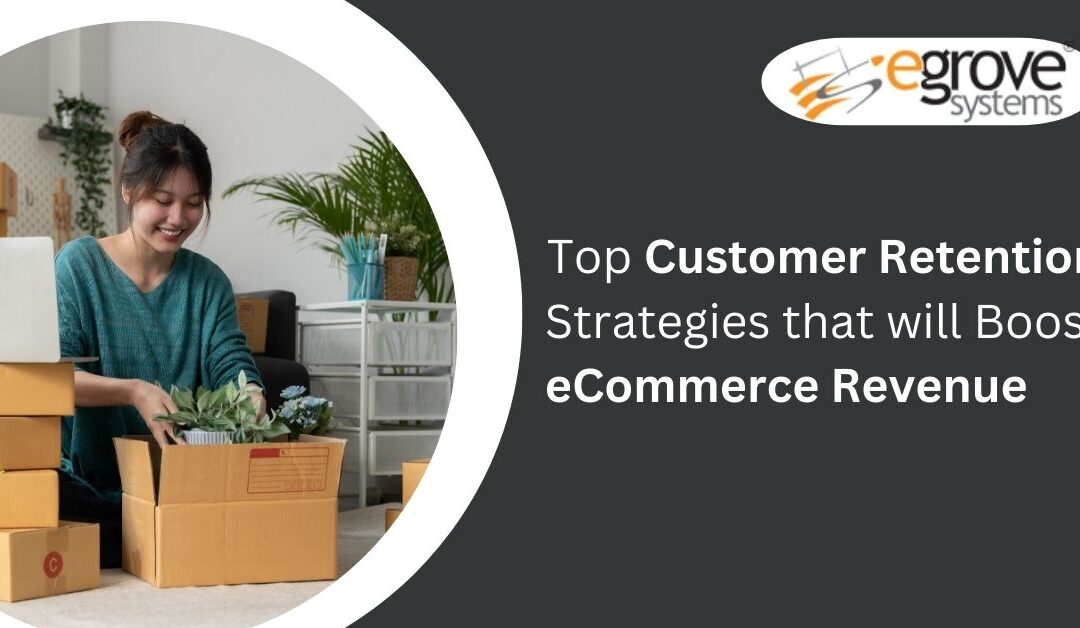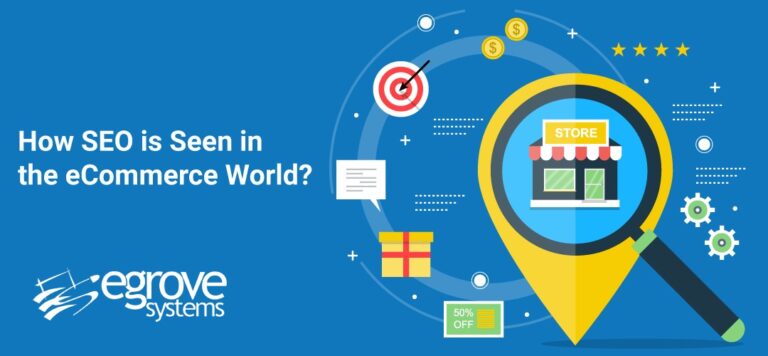When we think about eCommerce sales growth, we often think about tactics and strategies to attract new customers, improve their shopping experience, and expand our reach.
Customer retention is the return on investment for customer acquisition in e-commerce. It calculates how many clients you keep in a year to determine the long-term profitability of your marketing and sales activities.
Customer retention is a critical component of creating a long-term business. According to research from Harvard Business School research, a 5% increase in client retention boosts a company’s income by 25-95%. In this post, we look at e-commerce customer retention tactics to please consumers and improve revenue.
In this article, we will take a close look at eCommerce customer retention tactics to pride your clientele and retain your sales expansion.
Highly Successful Strategies for Retaining eCommerce Customers
- Send Returning Customers Special Promotional Emails
Of course when it comes to paying attention to detail. This one is quite simple to put into action. Create a convincing offer, send it by email to your present clients, and make careful to avoid making it available to the general public.
Promotional email is a successful method for 2 reasons.
• This is a compelling offer that is sure to convert, increasing important retention metrics like purchase frequency and repeat customer rate.
• It lets current consumers believe that they’re part of a community, where they’ll receive special offers that the broader public doesn’t see, and this may help boost brand loyalty and recommendations.
- Increased client service and success
Poor customer service, ineffective or time-consuming onboarding processes, and inadequate (or nonexistent) customer success efforts make consumers feel devalued, undesired, and unimportant.
It’s crucial for subscription eCommerce firms to pay attention to these areas.
Boost client relations by:
Set objectives and monitor development against important indicators like the average customer wait time (how long a typical customer waits to speak to support agent)
• Don’t consider customer service to be an expense. Consider it a financial investment in client retention and success (which is doubling your resources).
• Add an automatic response process to inform clients when they have tickets
• Implemented a call screening procedure in which support team supervisors listen to client conversations to look for coaching opportunities.
Don’t undervalue the value of creating a thorough client onboarding process. Some sectors need face-to-face communication with the customer success person, whilst others are completely automated (common in the B2C e-commerce industry).
Read also:-Dealing with Channel Conflict in Direct eCommerce Sales
- Be technologically competent
For eCommerce companies, keeping customers may be difficult. Fortunately, it’s 2022, and there are many excellent solutions available to aid manage customer retention and churn.
From generic unsubscribe sites to intelligent unsubscribe experiences that include users with individually tailored designs, messaging, offers, and polls.
All of this while also providing essential data on how your clients interact with the hosted cancel experiences. Your retention won’t be the same in any way.
4. Additional Communications Utilizing SMS Marketing
SMS is a growing channel for customer interactions, and as such, it has the potential to be a considerably more powerful method of reaching your customer than electronic mail.
SMS has a 42% common exam rate (compared to 32% for email) and a stunning 98% open rate (compared to around 20% for email).
Much of the difference stems from the fact that email advertising is already saturated, whilst SMS is still relatively new. In any event, textual content marketing offers eCommerce firms a valuable opportunity.
5. Create a thorough client onboarding procedure
A client onboarding program is vital for every e-commerce subscription firm. When employing a monthly subscription model, getting prospects to sign up is only half the struggle.
A retention approach that starts with an educational welcome email includes onboarding as its first step.
This makes reference to the following stage of the onboarding process, which is a subscriber-only promotional offer. Not only is this a positive move in and of itself, but the inclusion of ‘please be careful’ can promote interaction in future emails and affect open rates.
6. Make Your Communications More Personal
When it comes to sustaining e-commerce, personalization is important. Two-thirds of customers anticipate that you will recognize their particular demands and desires. 52% anticipate all offers to be personalized.
However, customization goes further than just using the customer’s name in your emails.
Promotions should then be based on product choices, previous purchases, and purchasing attributes for e-commerce firms.
7. Build a customer loyalty program:
The retention of customers may be easily influenced by a loyalty program. A coffee card is the simplest form of rewards program. But e-commerce firms may brace themselves a little more with loyalty programmes. Customers frequently use point systems, gaining points for completing specific tasks.
This comprises:
• Create an account
• Make your first purchase
• Earn points for every dollar spent
• Leave a Google review
• Refer a friend or family member
8. Follow the company on social media
eCommerce brands get the online retailers with the most robust loyalty programs that engage with customers on social media.
9. Encourage Participation in Referral Programs
Referrals are a reliable indicator of a customer’s loyalty. Shoppers who have had a terrible experience (or are disinterested in making a second purchase) are less likely to promote their business to friends and family.
Some clients, meanwhile, require a little encouragement to strike up a discussion.
Customers need to find it simple to refer their friends and relatives. Allow your referral offer to be spread via email and social platforms.
10. Invest internally in SOP
A clumsy and uneven customer service experience is the number one issue that irritates customers.
When customer service agents don’t seem to know how to solve the issue, it just serves to discourage customers and cause subscription cancellation.
Agents can’t be experts in everything, especially when they’re new.
11. Maintain ties with current contacts via email
Your retention marketing initiatives shouldn’t only be about bringing in new money. Simple relationship-building, reader education, and regular content delivery that your audience considers valuable may all be accomplished with email marketing. Communicate with customers based on value rather than transaction by giving them useful advice.
12. Update your clients with frequent notifications
Consistency is a vital component of customer communication success. You must maintain your channels of contact open with your consumers. An SMS message after signing up for a subscription is always a smart idea. You may also keep your consumers up to date by sending them a customized WhatsApp broadcast message.
The use of contextual push notifications can help guarantee that promotional offers are sent to the right people.
Conclusion
E-commerce companies that prioritize consumer involvement will succeed in 2022 and beyond.
They cultivate connections with each customer, encourage loyalty and recommendations, and develop into brands that prioritize retention indicators like purchase frequency and Net Promoter Score.
To reduce churn and guarantee a positive customer experience, subscription billing and recurring payment management are crucial for firms that rely on subscription-based online shopping. Check out our comprehensive guide on customer retention and loyalty for your eCommerce business from eGrove Systems to discover how to create a sound customer retention plan that will assist you in acquiring and retaining clients.







